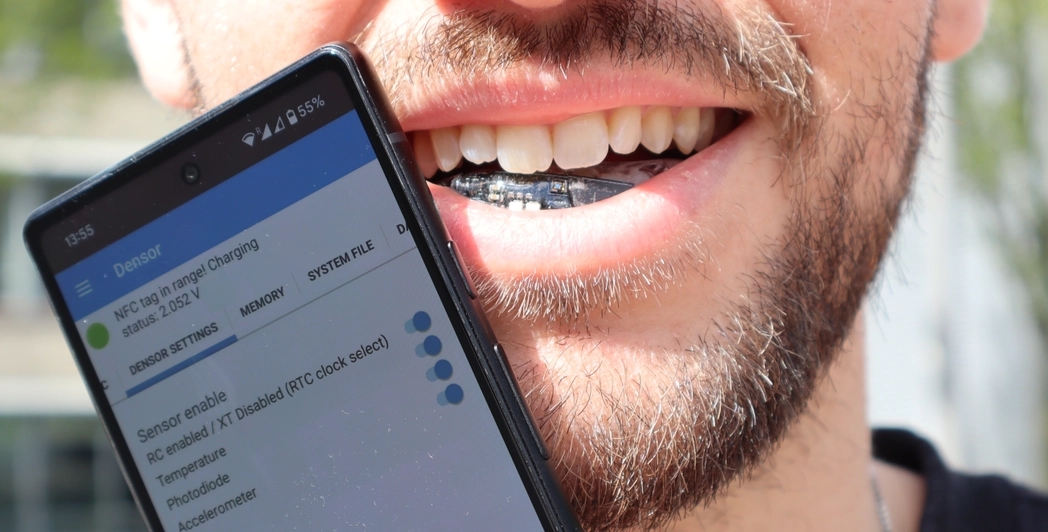Digital innovation is often provided by some specialized research teams that seek a certain solution or try to optimize some existing approaches. But sometimes, new breakthroughs are "born" in the clinic facilities by a bunch of enthusiasts and practitioners. For instance, recently, a team of Australian specialists from Metro South Health – a local healthcare facility that provides free services for kids and eligible adult groups – invented a new precise dental 3D printing system equipped with AI tools and novel materials.
Let's take a look at how it works and what it can do.
What exactly did they invent?
A group of dental technicians from Metro South Oral Health is constantly working on optimizing the prosthesis creation process. Their first step was searching for appropriate material for that purpose. The organization received required medical equipment from the ventures, but, as Sam Llyod – one of the local technicians – mentioned, this hardware often comes without manuals. That's why their work is full of technical experiments with, as it turned out, extraordinary results.
In the report, the team did not specify which exact material they use; however, they described it as "light enough for comfort, but strong enough for durability."
After that, the team logically suggested that the fastest and safest way to create an implant is by using modern 3D printers. In their work, they applied tools that can guarantee extreme printing precision of up to 25 microns – the diameter of the human hair.
Finally, technicians decided to use an AI algorithm combined with standard imaging techniques to reach the highest possible modeling accuracy. In collaboration with surgeons, the team created an AI tool to analyze MRIs and cone beam scans, providing dentists with precise insights into patients' biological features that make it possible to develop prostheses without the risk of interference with vital tissues.
Is it work?
Yes! The first team's significant achievement is a streamlined production of obturators – special perfectly fitting prostheses that help people with cleft palates or severe facial injuries, preventing food or liquids from coming out of the nose. These prostheses are especially important for these patients and notably improve their life quality.
Currently, the team is working on production process optimization, trying to cut the time needed to 48 hours per prosthesis.
Check out other news about dental technological innovation:







 International
International  UK
UK  Kuwait
Kuwait  Nigeria
Nigeria  Kenya
Kenya  Japan
Japan  USA
USA  France
France  UAE
UAE  South Africa
South Africa  Ethiopia
Ethiopia  Australia
Australia  Canada
Canada  Germany
Germany  Bahrain
Bahrain  Egypt
Egypt  India
India  Pakistan
Pakistan  Mexico
Mexico  Switzerland
Switzerland  Qatar
Qatar  Algeria
Algeria  Angola
Angola  Malaysia
Malaysia  Argentina
Argentina  Italy
Italy  KSA
KSA  Morocco
Morocco  Ghana
Ghana  Indonesia
Indonesia  Brazil
Brazil  Austria
Austria  Turkey
Turkey  Côte d’Ivoire
Côte d’Ivoire  South Korea
South Korea  Colombia
Colombia 

































